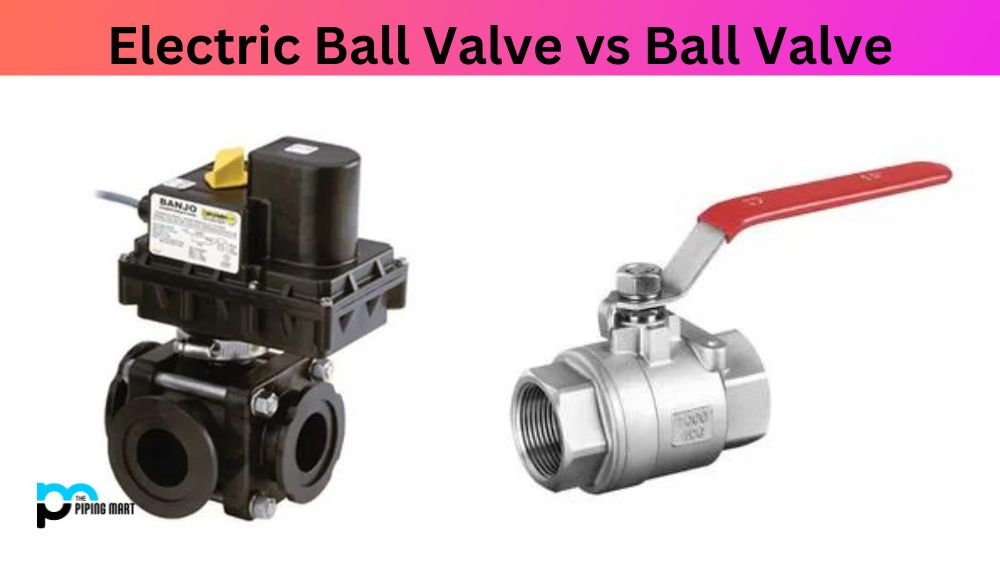Many people are familiar with cast iron as a material for cookware but may be less familiar with casting. “Casting” is a broad term used to describe the process of creating metal shapes by pouring molten metal into a mould. This process has been around for centuries and continues to be one of the most common ways to shape raw materials into something useful. Cast iron is just one type of metal that can be created through casting. Let’s take a closer look at what makes these two terms differ from each other.
Casting Process
Casting is an age-old method of shaping metals into whatever form the creator desires. The process begins by melting down the chosen metal until it reaches its liquid form. Next, this liquid is poured into a hollowed-out mould in whatever shape you desire (this could be anything from simple tools to intricate sculptures). After allowing the metal to cool and solidify in the mould, it is removed, leaving behind a solid object in your desired shape.
Cast Iron
Cast iron is simply one type of metal that can be used in casting processes. As its name implies, it’s derived from melting down iron ore until it reaches its liquid state, at which point it can be poured into moulds and cooled until solidified. Cast iron’s popularity comes from its properties; when treated correctly, cast iron items are resistant to corrosion and have great durability compared to other materials like aluminium or brass. It also holds heat well and distributes it evenly across its surface—a quality that makes cast iron pans ideal for cooking purposes!
Difference Between Casting and Cast Iron
- Casting is a process in which molten metal is poured into a mould and allowed to cool, resulting in a solidified shape.
- Cast iron is a type of iron that has been cast or poured into a mould.
- Casting is typically used for larger objects, while cast iron is typically used for smaller objects.
- Casting can be done with various metals, but cast iron can only be made with iron.
- Casting is more expensive than cast iron, but it results in a stronger object.
- Cast iron is more brittle than casting, but it is less likely to rust.
Conclusion:
In short, casting is a general term referring to any process where molten metals are poured into moulds in order to create objects in specific shapes and sizes, whereas cast iron specifically refers to a type of metal created by melting down iron ore until it reaches its liquid state before being moulded and cooled into whichever shape desired. Whether you’re looking for cookware or just curious about how metals are moulded into objects, understanding the differences between casting and cast iron will certainly help!

Abhishek is a seasoned blogger and industry expert, sharing his insights and knowledge on various topics. With his research, Abhishek offers valuable insights and tips for professionals and enthusiasts. Follow him for expert advice on the latest trends and developments in the metal industry.




